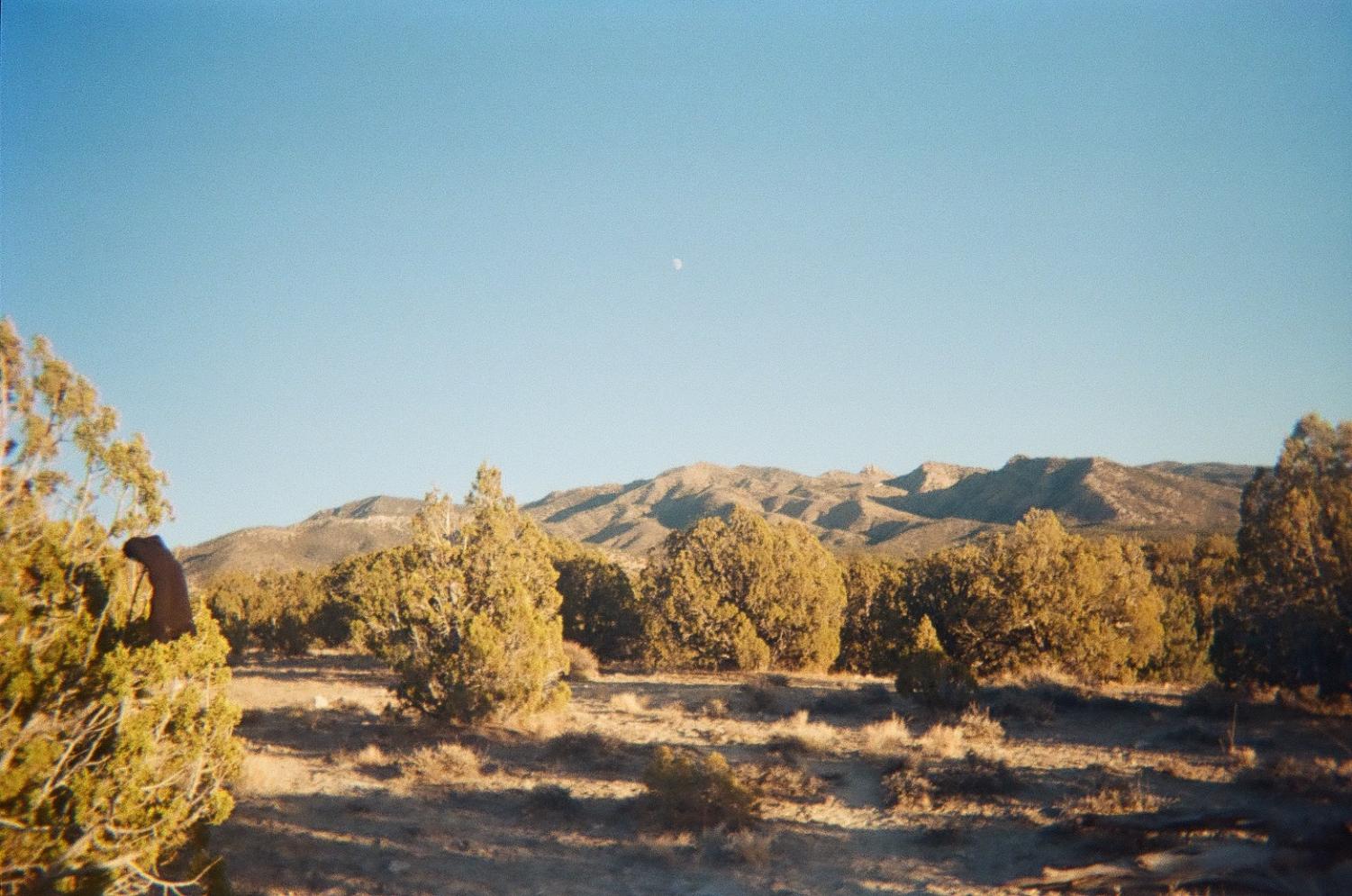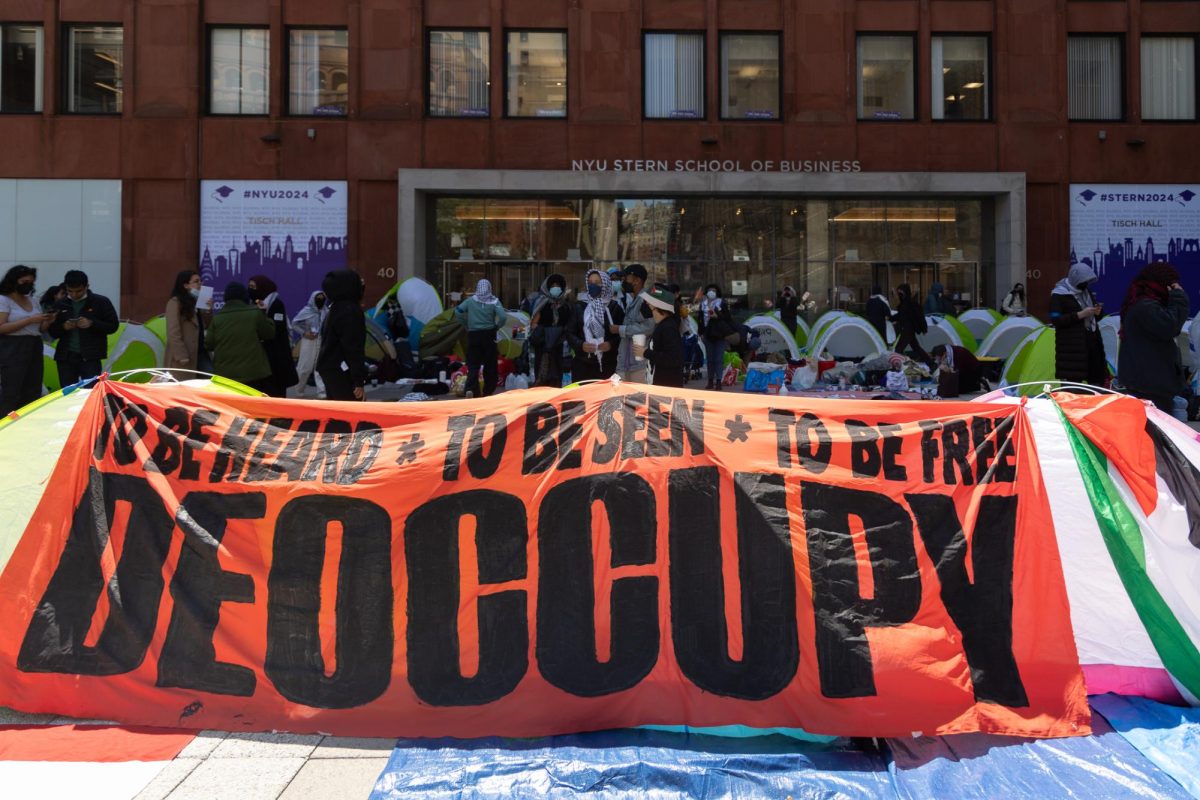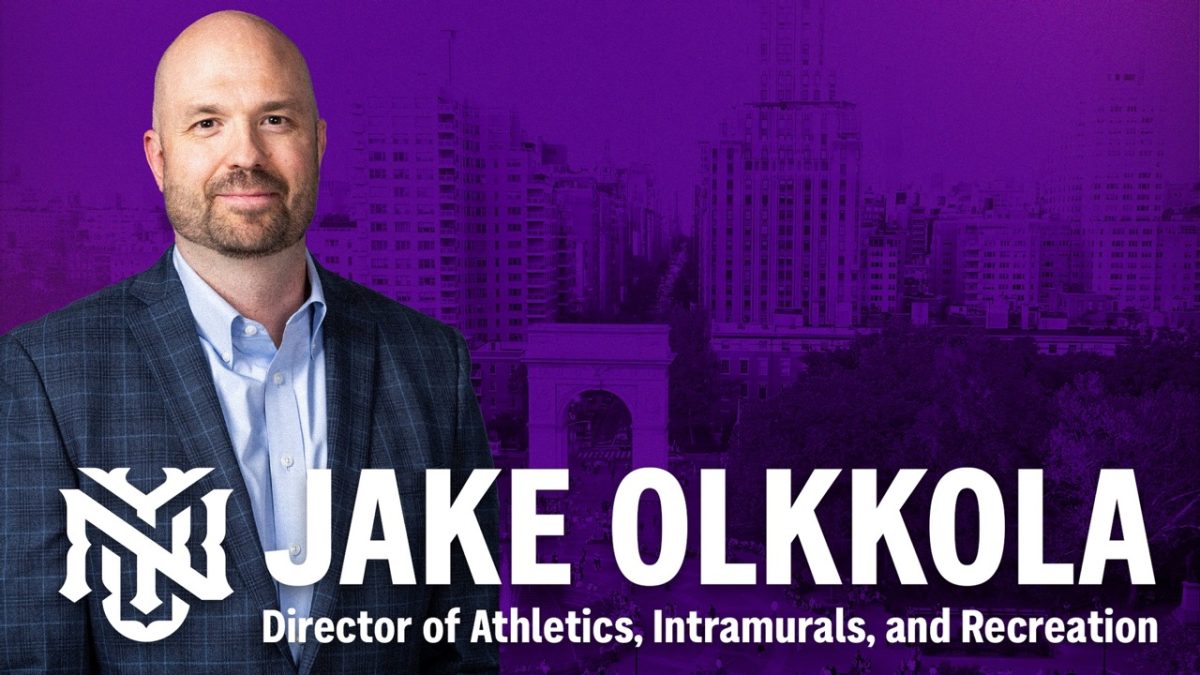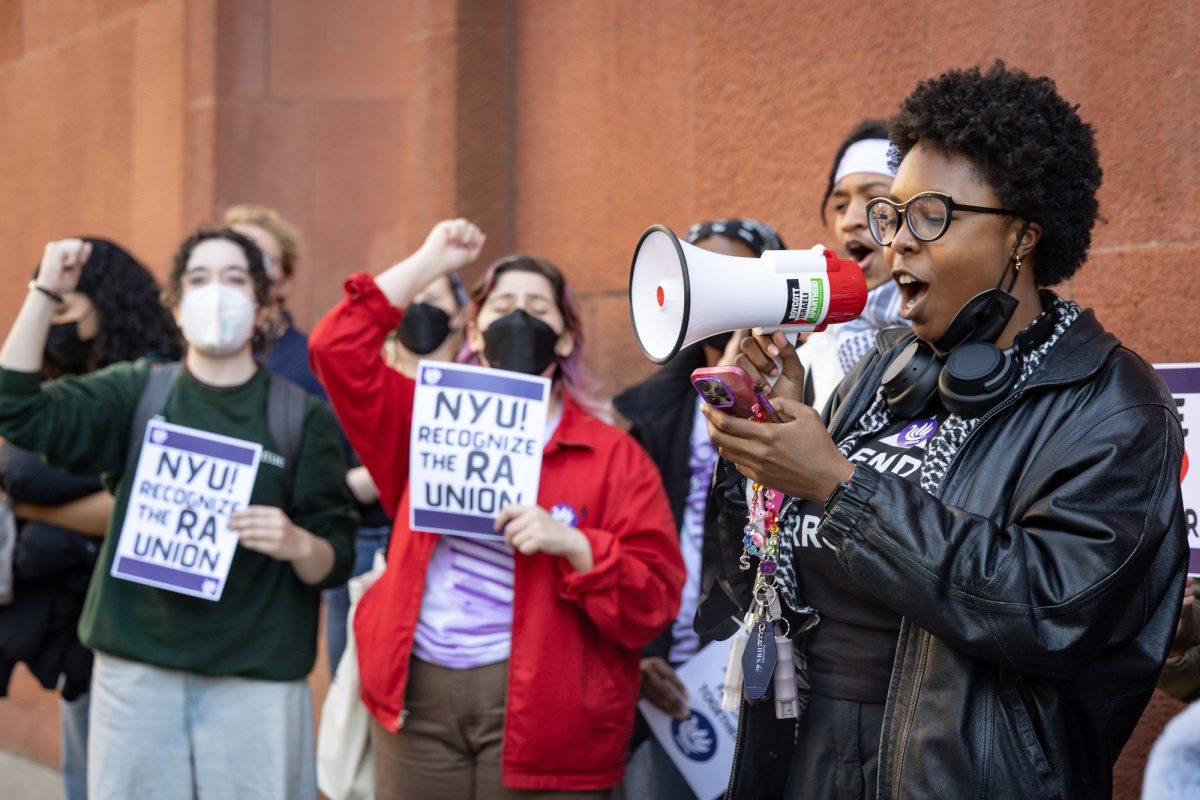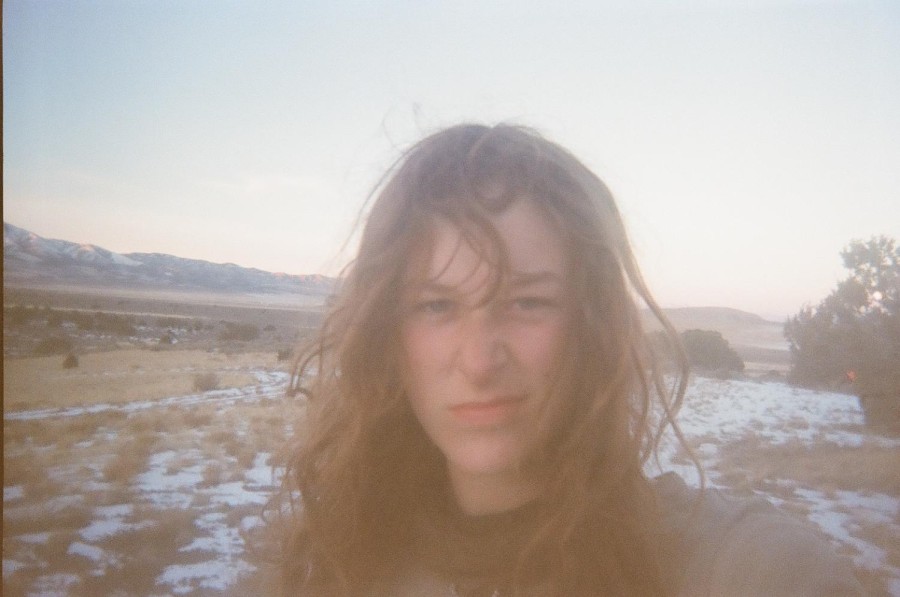Content warning: This personal essay contains mentions of assault, self-harm, drugs, and suicidal ideation.
In November 2020, I was admitted to one of the most extreme wilderness therapy programs in the United States, so I rang in the year of 2021 covered in weeks’ work of dirt and sand, using a sharpened stick to dig into the frozen desert ground, and sitting next to a dozen other “troubled” teens.
Summer 2020 was spent working at a new-age, spiritual infrared spa. Between collecting sweat-soaked towels that strangers left in the sauna, I unsuccessfully attempted to stifle new panic attacks.
The fall was my breaking point — I didn’t feel like myself and wanted to end my life. My hands trembled as I pulled out my phone, slumped against the wall, to call my mom. I told her I needed intensive psychological care as soon as possible, and finally verbalized that being alone with my thoughts was putting my life at risk.
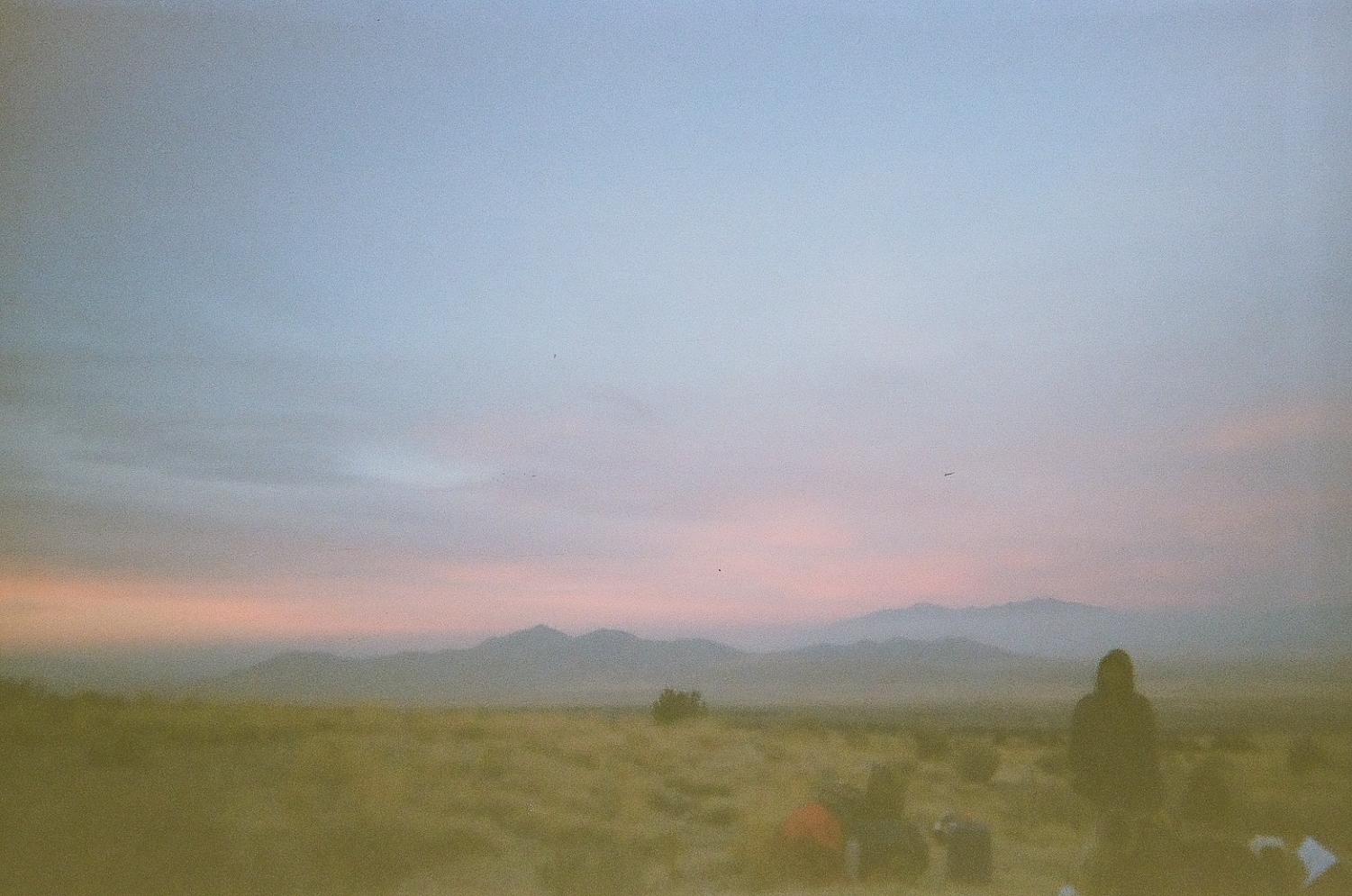
In 2020, my life was punctuated by a series of traumatic events. I experienced multiple sexual assaults, endured bullying at four different schools, and struggled with depression and anxiety. Being in an incredibly manipulative relationship and enduring years of silence between me and my father only exacerbated my mental health situation.
Despite this, I remained convinced there was something missing — a clinical explanation that could account for my extreme emotional reactions.
Why did it feel like I was the only person who could go from threatening suicide to experiencing genuine cheerfulness in the span of 10 minutes? To cope, I engaged in self-harm and relied on drugs. Unbeknownst to me until my medical intake exam before being admitted for treatment, the drugs I used were laced with opioids. Looking at myself in the mirror was unbearable.
I was eventually admitted to a hospital after attempting to take my own life. Over the past few years, things have changed for me. Three years later, waking up no longer feels like a nightmare. I have undergone wilderness therapy, and I have fallen in love with being alive. I can confidently say that I am in a much better place now than I was before.
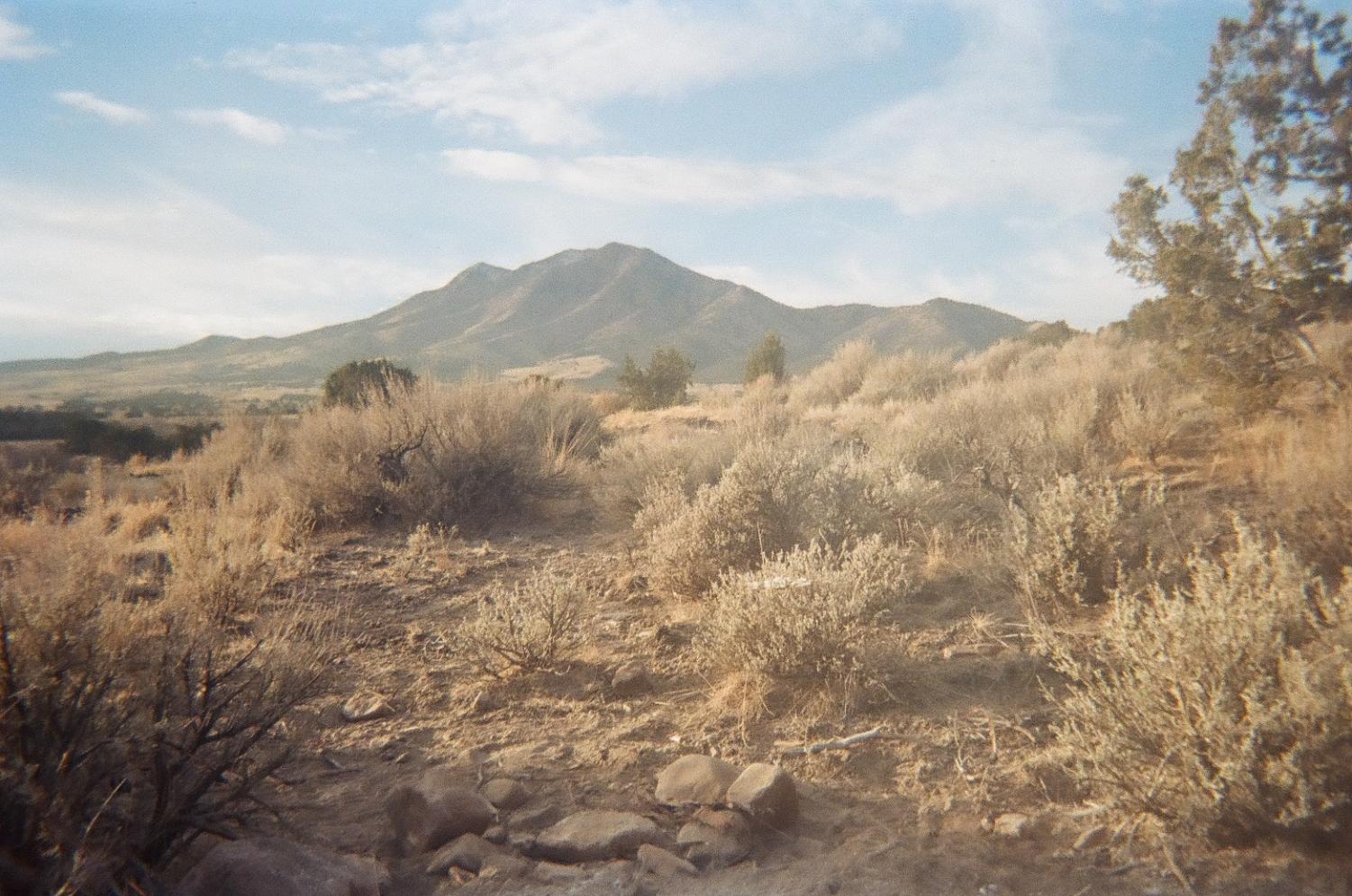
I spent nearly 10 weeks hiking the Cedar Mountains in Utah’s West Desert. When my mother told me that the program she chose followed a primitive-nomadic wilderness hiking model, I assumed the program would entail trekking around a forest with a North Face backpack and dropping into the occasional therapy session. I was wrong, to say the least. Attendees stay for eight to 12 weeks on average and there were no formal requirements for the duration of one’s stay, though the vast majority of patients experienced an extended stay against their will.
As soon as I arrived, I was told that I would not be given any sort of hiking gear. Instead, I had to completely jury-rig a backpack using a juniper branch, a tarp, some cording and the most defeated-looking styrofoam pad I had ever seen. The 60-pound pack was held together by a few strips of leather and a dream — not exactly ergonomic. Through Thanksgiving, Christmas and New Year’s Eve, I lugged all my worldly possessions for over 200 miles, enduring lasting neuro-muscular damage instead of explicitly working through psychosomatic damage. The pack was the bane of my existence, a sentiment shared by everyone else in my group.
It was often several degrees below zero. The wood-burning furnaces in our sleeping and showering shelters did little to combat the cold. The meager 10 minutes per week I had to clean myself as I shivered under a water-filled Ziploc bag littered with poked holes was not exactly therapeutic. Lacking the agency of personal hygiene as a part of the treatment was, for lack of better words, pretty terrible. And, fun fact, the shower shelter once literally burst into flames while I was inside it.
There was a policy to not allow us knowledge of the date or time, which was a pretty hollow contribution, if you could even call it that, to my mental health journey. The requirement of staff to call out our name every 10 seconds if we were out of sight was also not particularly restorative. If we joked about trying to run away, the staff calmly reminded us that there were two outcomes for runners: They get found by the program, or they die in the desert. Mandatory name-hollering unsurprisingly made the experience of using a latrine — the hole we dug in the ground and used as our communal bathroom — even more undignified.
Some hiking days were better than others. No one was in a good mood if the sky we were hiking under turned dark. On rough days, we would sometimes point to what we believed to be the glittering lights of Salt Lake City, and joke about making a run for it. When a staff member overheard, they quickly revealed the lights were part of an Army facility called Dugway Proving Ground, the one and only designated testing site for the nation’s chemical and biological weapons. Naturally, DPG is considered “top-secret” — even known to some conspiracy theorists as the “the new Area 51.” It’s obviously cool and normal to have daily exposure to whatever insane biohazardous concoction that the U.S. military might theoretically be cooking up.
In the program, we couldn’t have private conversations, and we were not allowed to use explicit language. At night, the only barrier between my sleeping body and the frozen ground was a yoga mat, and most days we only had two full meals — we sometimes could gnaw on some dry macaroni in between. One of the most anxiety-inducing components of the experience was that we were not given any estimate of when we might be allowed to leave.
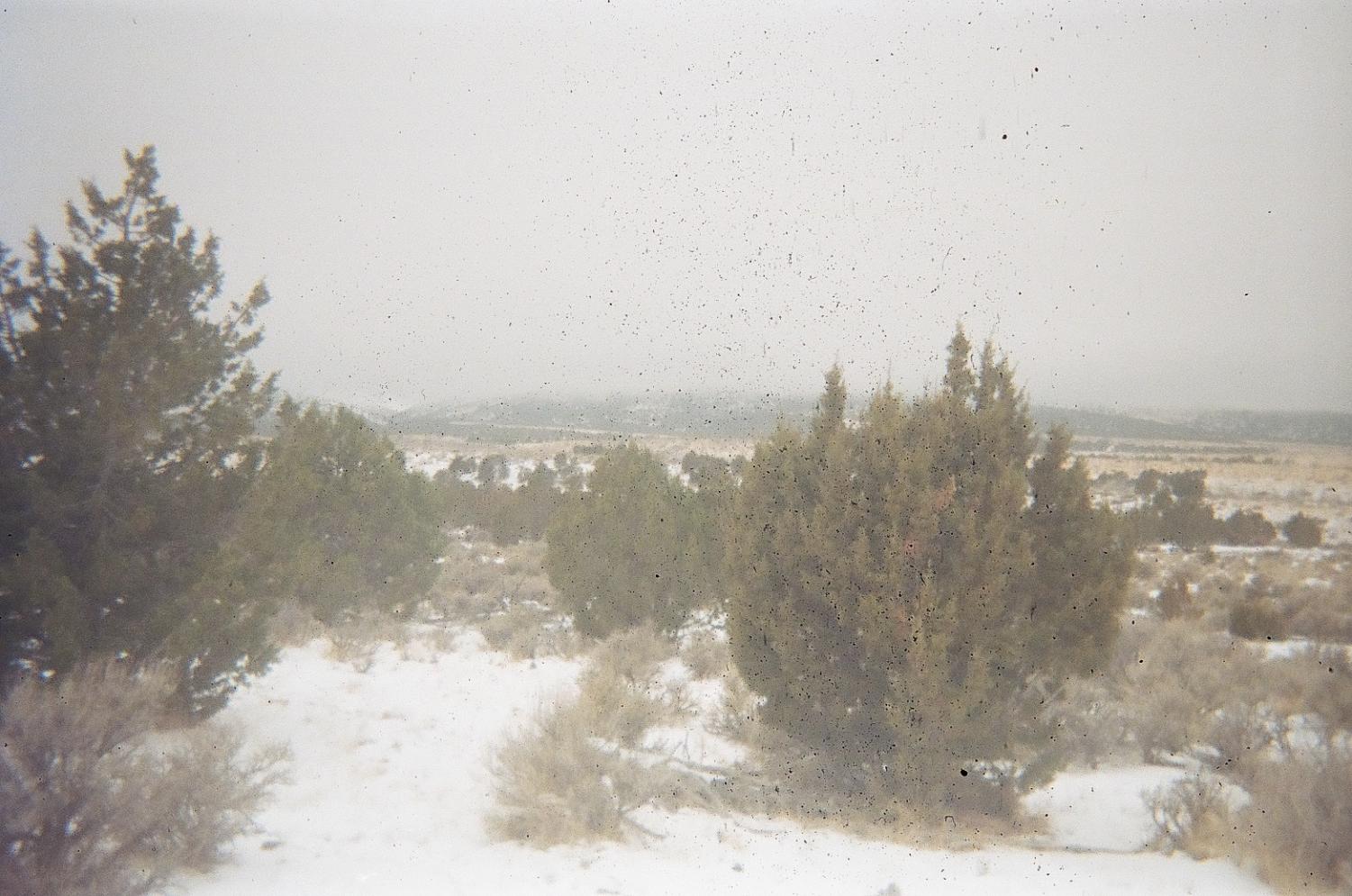
But, it wasn’t for nothing; there are, honestly, certain elements of the program that I long to experience again.
You, mountains and a whole lot of desert plains. The occasional sun-bleached pronghorn skull. Equally difficult and infuriatingly unremarkable, the most productive element of wilderness therapy was the forced isolation with my thoughts in a supervised environment that took away the opportunity to self-injure. Just trust me when I tell you there were absolutely zero possible avenues of escape — physically or mentally.
It is a luxury to see a night sky largely unscathed by light pollution. During the first night of the program, I looked up and couldn’t contain an audible gasp; I had never seen so many stars in my life, coloring the ink-black sky with so much brightness that they nearly overpowered the dark.
Many share the sentiment that being told to put away your phone to feel better is maddening, invalidating and dismissive. So imagine my irritation when I was forced to do it, and it ended up benefiting me immeasurably. Being ripped away from the 24/7 news cycle and the ability to doomscroll offered me profound tranquility — irreplicable in my normal life unless I decided to launch my phone into the Hudson.
Unlimited and untimed therapy sessions, daily physical activity, outdoor time, natural light exposure, gratitude journaling and no mirrors or scales. These are the things that I secretly wish to once again experience daily, things that were all much easier to romanticize once I was under an actual roof. What I miss more than anything was being able to completely and utterly lose my shit. Nothing was at stake in the desert — no one batted an eye if someone left the group to scream into the desert until their voice gave out. We spent hours writing, burning scathing letters and sobbing uncontrollably. Experiencing a rage room in the Bronx doesn’t quite bring the same catharsis.
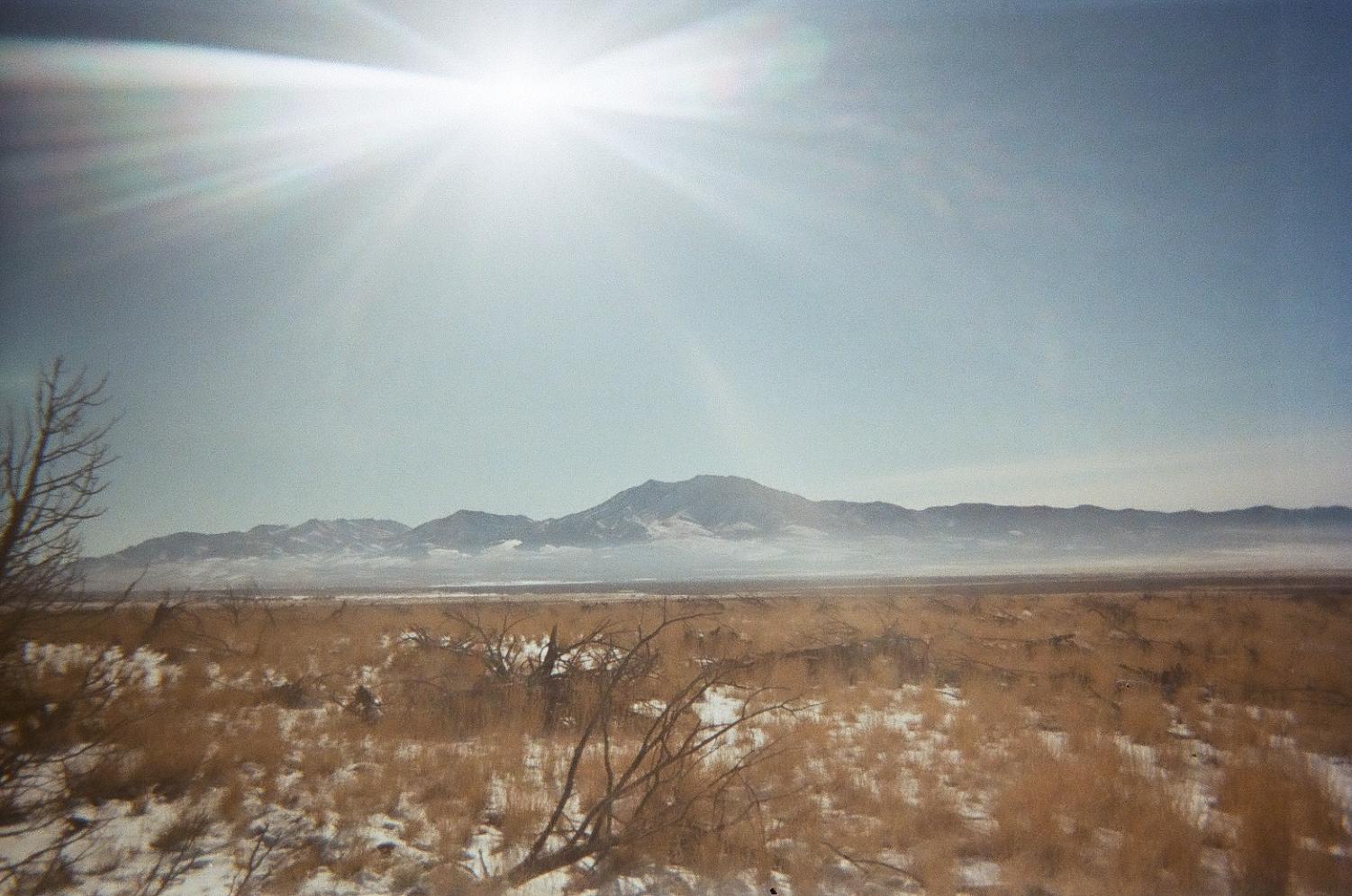
Believe it or not, I am an outlier in my experience with the troubled teen industry. Unlike the majority of minors who find themselves in these intensive programs, I actually asked to go. The vast majority arrive after their parents hire giant, burly men to evacuate their household, invade a child’s room in the middle of the night, kidnap them, take them across the country and drop them at an inpatient program. Colloquially known as getting “gooned,” this is a fully legal process.
The unfortunate truth is that the industry is detrimentally unregulated, rife with horrific abuse, and has a tendency to make matters much worse. The treatment even spawned Breaking Code Silence, a movement dedicated to eradicating ineffective treatment models while promoting empirically-backed alternatives for minors struggling with mental health.
While it is undeniable that I invested tremendous time and effort into self-improvement, I feel that at the core of my mental health journey lies a combination of luck, good timing and immense privilege. Undeniably, there were helpful components of my wilderness experience and yet, I can’t in good conscience recommend the troubled teen industry route.
As cliché as it may seem, I have internalized that healing isn’t linear and that the work never truly ends. I won’t claim to have “found myself” during my time in the desert, though I started building a sense of self — something I hadn’t previously experienced.
For the first time in my life, I am overjoyed to be alive and to feel a multitude of emotions without letting them define me. I don’t flinch when I pass by a reflective surface. I can say that I like myself out loud and really mean it. I have embraced honesty, commitment, passion, empathy, humor and curiosity.
